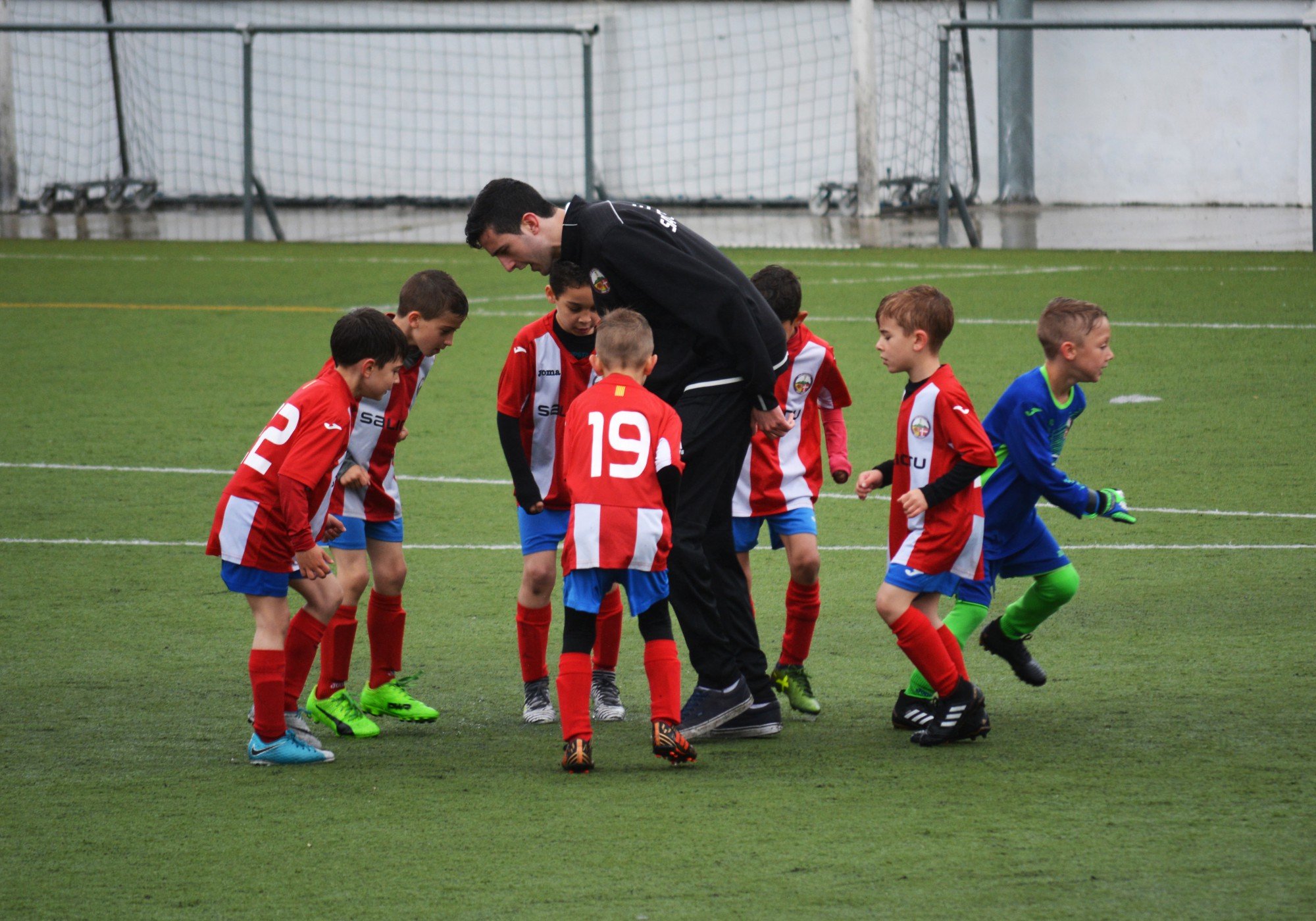As summer is ramping up and temperatures are rising, now is the time to take precautions to prevent.
7 Risk Management Tactics for Inflatable Device Safety
Understand the five factors the contribute to inflatable injuries and seven risk management considerations that organizations should take regarding inflatable devices to mitigate these risks.
7 Risk Management Tactics for Inflatable Device Safety
Recently a tragedy occurred when a young child lost his life, and another child was injured when a gust of wind lifted an inflatable bounce house 15 to 20 feet in the air while they were inside.
While inflatables may appear innocuous, inflatable attractions are the least regulated amusement device and present significant risk exposures that should not be taken lightly.
Factors that contribute to inflatable injuries include:
- Lack of trained supervision.
- Overloaded inflatables.
- Improper tethering.
- Operating in windy conditions.
- Loss of power to blower.
A study on inflatable attractions and wind published in 2022 by the American Meteorological Society found that wind incidents alone accounted for 479 injuries and 28 fatalities since 2000.
Below are risk management considerations organizations should take regarding inflatable devices:
- Understand the risks and dangers associated with inflatable attractions and consider exposure avoidance as a viable risk management option.
- Only purchase or rent inflatable devices from a reputable manufacturer that understands and is compliant with ASTM F2374—Standard Practice for Design, Manufacture, Operation, and Maintenance of Inflatable Amusement Devices.
- If renting or having a third party operate inflatable devices, ensure the proper contractual risk transfer mechanisms are in place.
- Ensure that inflatable attractions are always set up, operated, and inspected strictly in accordance with the manufacturers' specifications and ASTM F2374 standards. Do not deviate from either!
- Ensure the attraction is adequately staffed per the manufacturers' requirements. All attendants must be properly trained, and all training must be documented.
- Set up the inflatable device as per the manufacturers' specifications. Any deviation can lead to safety risks and serious injuries.
- Have a reliable system in place to monitor wind speeds. Never operate under windy conditions. Most manufacturers recommend inflatables be taken down with wind gusts of 15 mph or more. Some go as high as 25 mph. In all cases, following the manufacturer's specifications is key.
Organizations that choose to operate inflatable devices at their facilities need to be familiar with the risks involved, take the appropriate risk management precautions, and ensure that all inflatable attractions are set up, operated, and inspected in accordance with the manufacturers' specifications and ASTM standards.
We have free resources available created by our experienced risk management team with more information on inflatable attractions safety.

Rich Powers serves in leadership as the Executive Vice President of Risk Services at American Specialty Insurance. Powers has been at American Specialty since 2000 and has over 30 years of experience in the sports and entertainment industry working in risk management as well as operations management. He holds an Associate of Risk Management (ARM) Designation as well as several other safety, security, and auditing certifications and licenses in the industry.


American Specialty's in-house claims management team has handled a wide variety of claims and.

April 2025

Insurers lose approximately $13 billion each year due to water damage claims, according to the.

January 2025

Winter Weather Safety Tips Protecting your property, your building, and people Winter not only.

December 2022

Navigating Risk Management Trends: Liquor Liability in the Growing Eatertainment Industry Rising.

July 2022

Navigating Risk Management Trends: Labor Shortage The labor shortages are bringing about new risks.

June 2022

What makes specialty coverage so special in the current insurance market? Specialty insurance.

April 2022

Reopening our Sports, Leisure, and Entertainment Buildings As we make our strides to reopen, follow.

March 2021

Should I Be Using a Waiver? If the services and experiences that you offer can be viewed as a sport.

September 2020

For most businesses, emergency planning does not rank among the most important items on the.

July 2020

